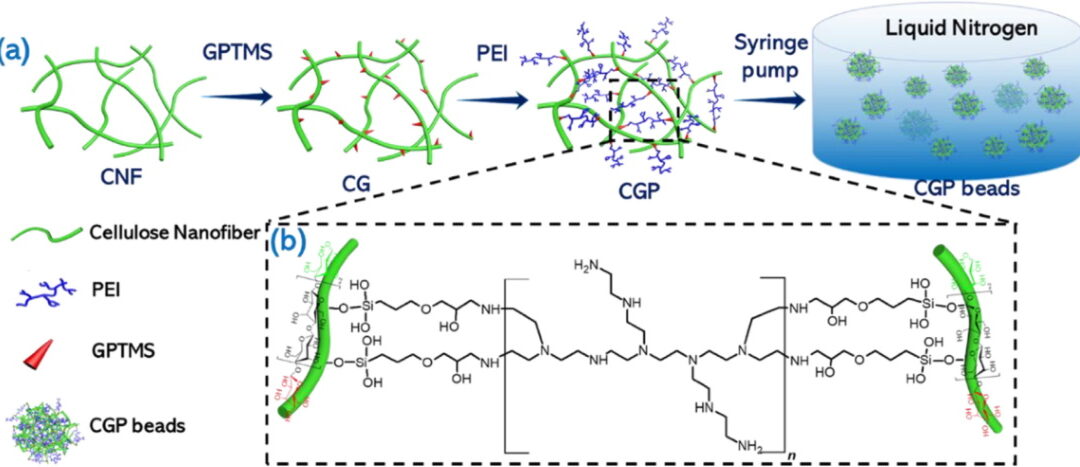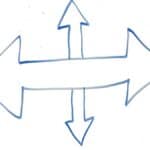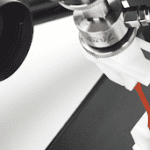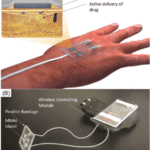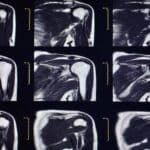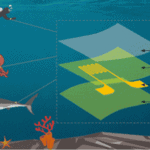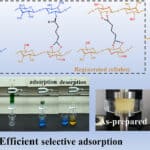Heavy metals are serious pollutants in wastewater that are discharged to the environment. Although there are various methods to remove them, the most common method is commercial powder absorbents. These have poor recyclability (which can lead to secondary pollution), low removal efficiency, and high cost. Dr. Michael Tam and his team from the University of Waterloo have proposed to use cellulose-based aerogels as ideal absorbents for copper. Aerogels are porous materials with high surface area and absorption capacity while cellulose is an environmentally friendly compound used to prepare aerogels. However, this cellulose aerogel needs to be enhanced by chemical crosslinking to improve the wet mechanical strength and removal rate. The team at UW used (3-glycidyloxypropyl) trimethoxysilane (GPTMS) to cross-link polyethylenimine (PEI) onto cellulose nanofibrils (CNF). An illustration of the process is shown above.
To characterize the formed aerogel beads, an array of tests was conducted including Fourier-transform infrared spectroscopy (to detect peaks of the covalent bonds), SEM (to visualize the morphology of the beads) and compressive stress-strain measurements (to analyze the mechanical stability during adsorption). Individual beads underwent parallel plate compression testing using the CellScale MicroTester and the resulting stress-strain curves were plotted. A video of these tests and the resulting strain-strain graphs at different strain levels are shown below.

To read the full article, click here: https://doi.org/10.1016/j.cej.2020.124821
To read more about Dr. Tam’s research, click here: http://chemeng.uwaterloo.ca/mtam/
To read about a similar compression testing with pullalan microbeads, click here.

